 Extensive trail-camera use allows deer hunters to plot out bucks’ movements as December arrives and their habits change.
Extensive trail-camera use allows deer hunters to plot out bucks’ movements as December arrives and their habits change.
Another deer season comes to a close at the end of this month. For many hunters, December lacks luster, and many will switch over to a duck blind. But for diehard deer hunters, the days leading up to Jan. 1 can offer some of the best times to take that monster buck that’s been lurking in the shadows.
Hunters who keep a tight grip on their surveillance system can map out and almost determine where these big bucks will make their final debut.
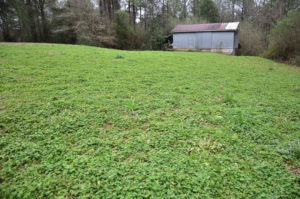
Over the past 30 years, deer hunting has taken on a new light, and with 21st-century technology, hunters have a true edge over their prey. Hunters can gather crucial data remotely and just about pinpoint where their final trophy resides in the last few weeks of the season.
Deer shift their daily travels based on a wide range of factors, including changes in food sources, breeding behavior and hunting pressure. Since hunting season coincides with the breeding season and a massive change in food availability, deer movement can be difficult to predict. And that longed-for, hit-list buck is regularly outsmarting his wannabe captors. Yet all that changes in December, and hunters truly can get a leg up on their target prey.
Game cameras keep Rick Grubbs of Waccamaw Hunting Services in Hemingway, S.C., and his son, Will Grubbs, in the know.
“It may be simple, but it’s what we do,” said Grubbs (877-664-2600). “We run 31 cameras on our 3,500 acres from preseason to the end of the season and sometimes afterwards. Bucks are very mobile, and their range runs from 300 yards in the late summer to 3 miles or more during the rut. We run the cameras hot to get the most-recent information to map out our bucks.”
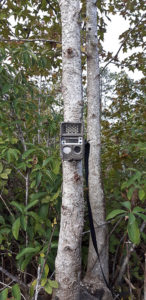 The Grubbs are third- and fourth-generation hunting guides who have studied the bucks on their land for more than 20 years. For much of the past decade, their game cameras have provided crucial information about their herd and seasonal movements.
The Grubbs are third- and fourth-generation hunting guides who have studied the bucks on their land for more than 20 years. For much of the past decade, their game cameras have provided crucial information about their herd and seasonal movements.
Even though the Grubbs’ typical buck harvest runs heavy from September through Thanksgiving, the bucks killed in December are some of his best, with good reason. Some of the biggest and mature bucks are often coming out of hiding to food sources to both feed and find one of those last available mates.
“In December, major food sources are the primary places we find the most does, and the areas with the most does will have all of the bucks close by,” Rick Grubbs said.
It is not just the biggest bucks remaining, either. All bucks will continue to have hormones flowing, and they will hone in on these late-season food sources to replenish energy loss and to find an end-of-season mate.
Late-season mating opportunities are often with maturing fawns that were born early. When female fawns reach 75 to 80 pounds, typically by December, they will become sexually available, and every buck out there understands and will be on the lookout to rob the cradle.
“Big bucks have been around the block for several years, and they understand the December mating opportunities can be a real opportunity. When the 75- to 80-pound does come into heat in December, the bucks can’t stand it and have to get in on the action,” he said.
Major food sources are key locations for game cameras in December and ideal places to hunt when it gets cold.
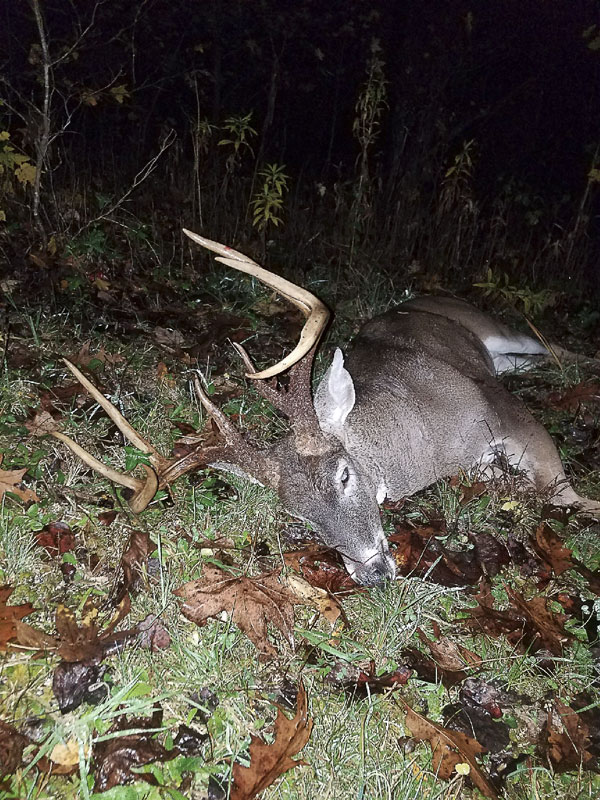
“Food sources change throughout the year — or the major ones, anyway. The best late-season food sources are live oaks, wheat fields and food plots with fresh, green patches,” he said. “Essentially, any green fields will attract deer in the late season, whether it be a farmer’s new winter wheat field or food plots full of oats or other tender and nutritious foods.”
Grubbs’ series of 31 game cameras are placed so he can virtually map out the locations of his remaining bucks without being intrusive, so deer don’t change their patterns because of the cameras.
Game cameras can be placed on food plots, agriculture fields, corn piles, high-use trails and along scrape or rub lines. Grubbs prefers to keep his cameras in certain areas and away from others to remain covert.
“We keep most of our cameras around food sources that we maintain on a weekly basis,” he said. “Just like my late granddaddy said, ‘Deer know the corn didn’t fall out of a tree, but they will still eat it.’ Deer are accustomed to human scent around food plots and corn piles, And they can smell you. We replace our camera cards each time we feed,” he said. “If you start putting cameras up on a scrape or rub line, they will smell you in a place they aren’t expecting any human scent, and they don’t like it.”
Game cameras are intended to provide crucial information covertly, and when the deer change their movements as a result, the patterning and mapping process can become nearly impossible.
“I will preach until the day I die; mature bucks will check corn piles as much as, if not more than, their scrapes,” Grubbs said. “Bucks check corn piles religiously. You may not see them on the corn piles, but they sure will check the trails coming and going. If a doe comes to a corn pile for 5 or 10 minutes a day, and if she is in heat, he will smell it,” he said.
 Don’t let nocturnal deer cool your jets
Don’t let nocturnal deer cool your jets
December is a month when many hunters in the Carolinas slack off and leave deer alone, but the late season can be a prime time to take a trophy buck, even when game-camera footage only provides nocturnal images.
A card full of nocturnal images can be frustrating to many hunters, yet many trophy bucks fall in December, right up until the Jan. 1 close of the season. Rick Grubbs of Waccamaw Hunting Services regularly sees a lot more deer from his stands in December than in the other parts of the season.
“December is a great time to hunt, because most does are already bred, and the deer are able to come to food sources and feed without being constantly harassed by bucks,” Grubbs said. “In the rut, bucks have the does scattered all over. Later in the season, you see more deer regularly on food plots and other major food sources.”
While it’s true that mature bucks rarely make a daytime appearance in game-camera photos, hunters who stay focused in December continue to take mature bucks.
“Ninety percent of our photos of big bucks are at night, but they aren’t always nocturnal. We kill a lot of bucks that have not crossed one of our game cameras during the day. They will eventually slip up and let their guard down,” he said.

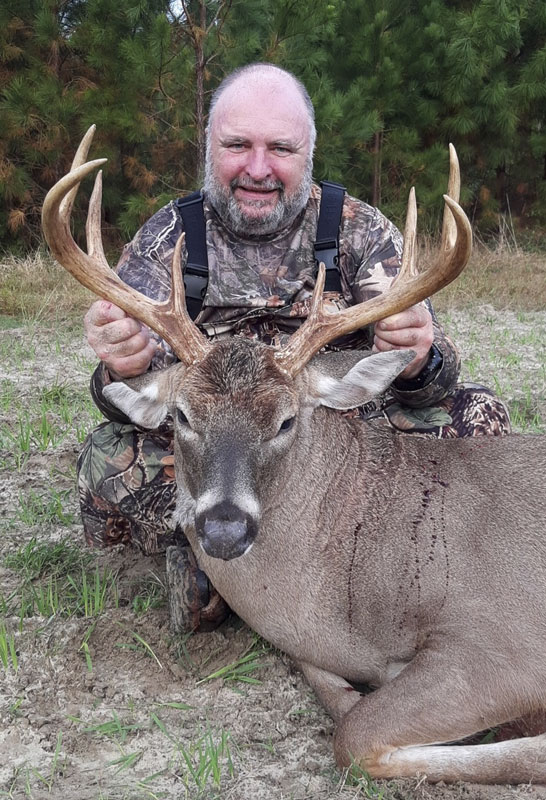
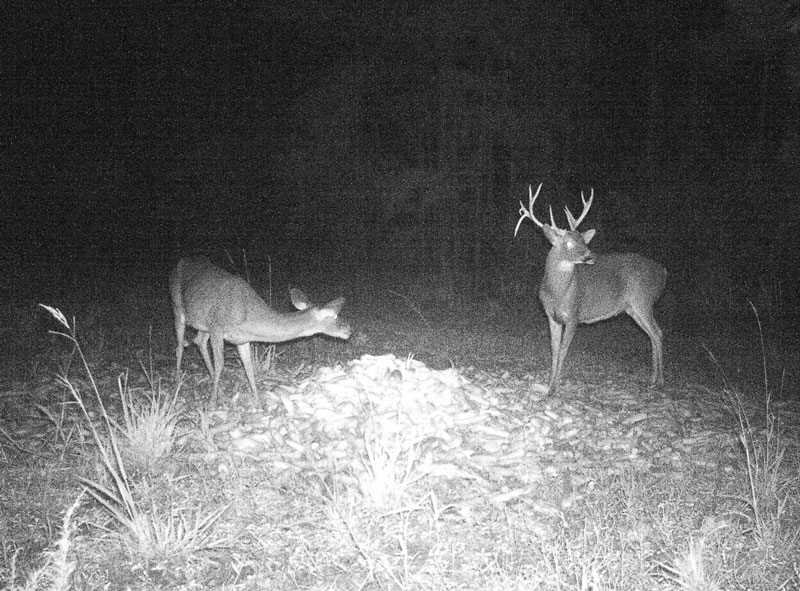



Be the first to comment